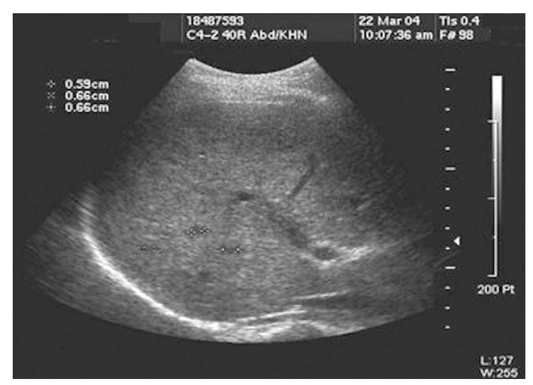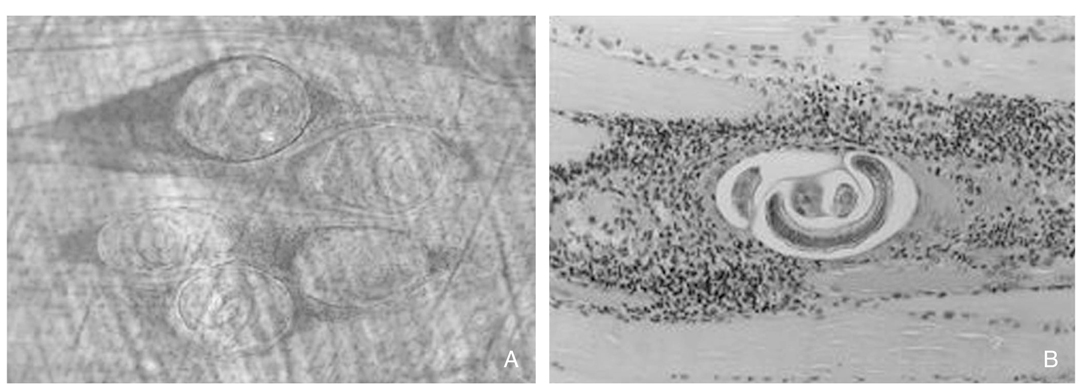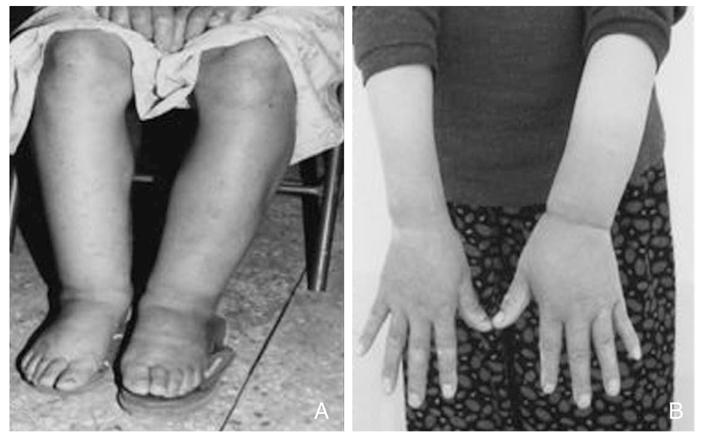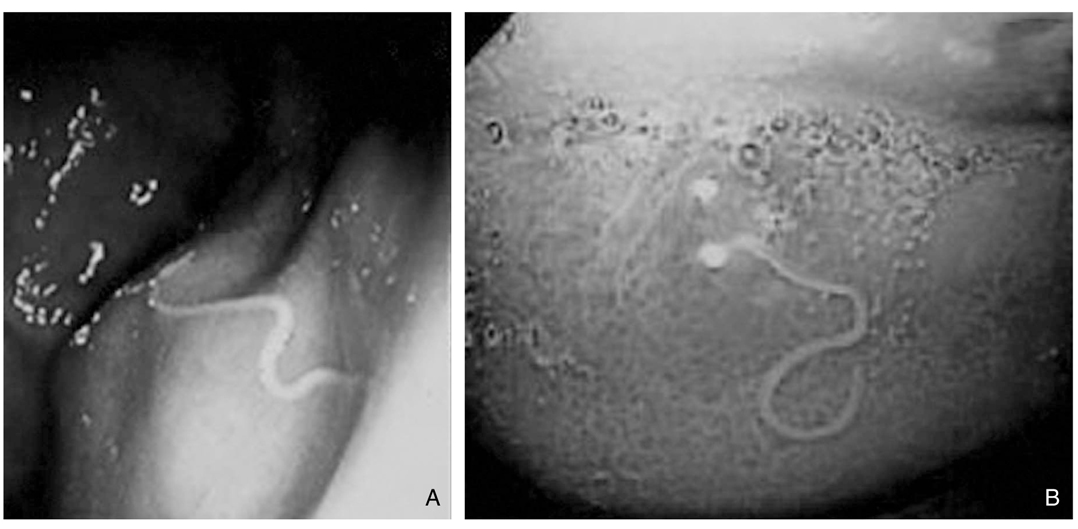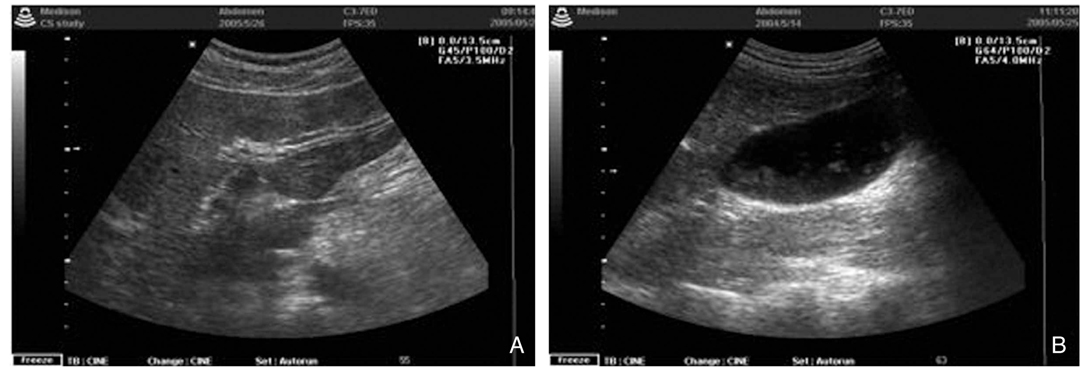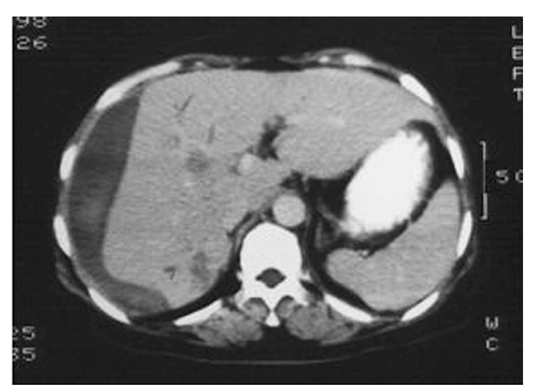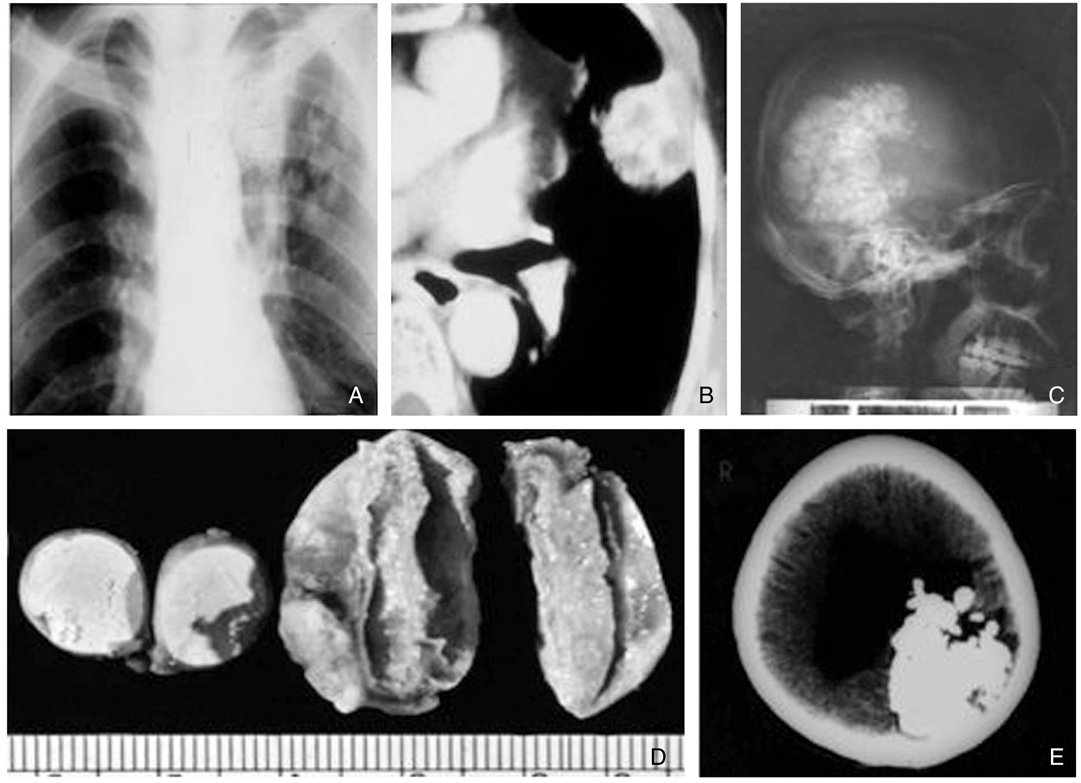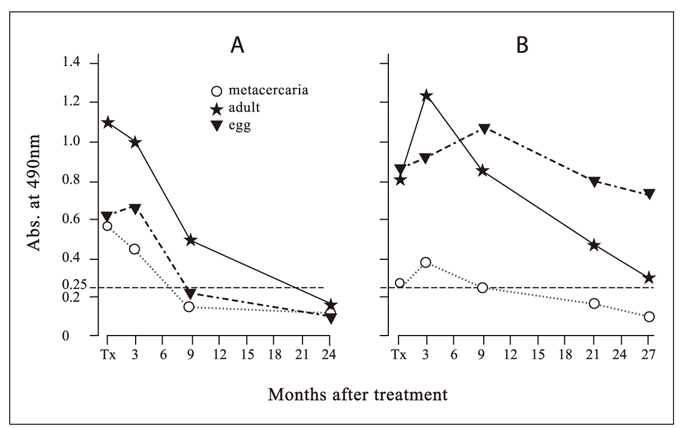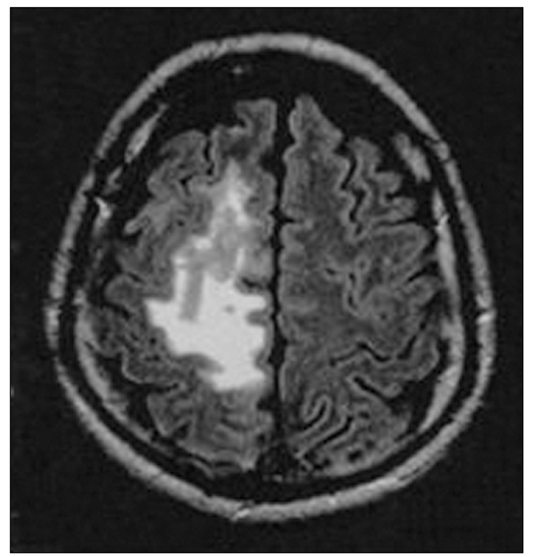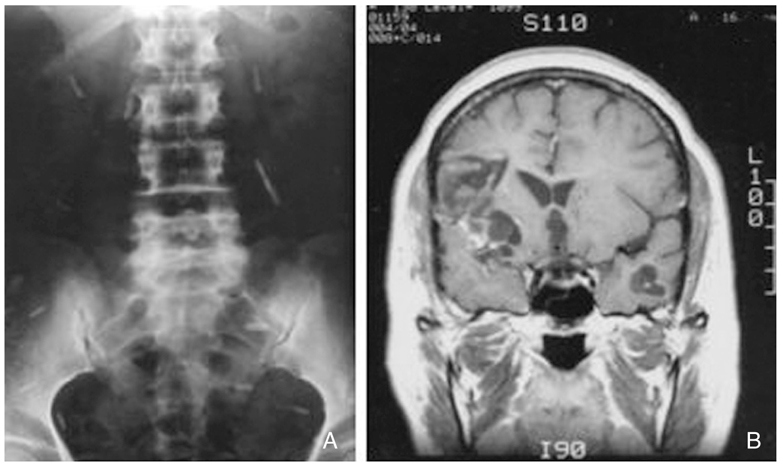J Korean Med Assoc.
2007 Nov;50(11):967-983. 10.5124/jkma.2007.50.11.967.
Tissue Invading Helminthic Diseases
- Affiliations
-
- 1Department of Molecular Parasitology, Sungkyunkwan University School of Medicine, Korea. ykong@med.skku.ac.kr
- KMID: 2184945
- DOI: http://doi.org/10.5124/jkma.2007.50.11.967
Abstract
- Modernized urban life style has changed patterns of parasitic infections in Korea. Parasitic diseases caused by soil-transmitted helminths and water-borne protozoans has significantly decreased, while imported parasitic diseases, zoonosis, and opportunistic infections are being increasingly recognized. Tissue-invading helminthiases also invoked formidable health problems, which had been neglected due to the difficult clinical diagnosis and slow progression. However, the diseases are associated with chronic morbidity and severe mortality. A variety of helminths invade the human tissue. With an exception of few entities (i.e., schistosomiasis, clonorchiasis, and paragonimiasis), most of tissue-invading helminths are associated with larvae/juveniles but not with adults. Larval infections might be more serious, since the larvae may migrate throughout the whole body, after which they lodge in critical foci in the brain, eye, liver, or elsewhere or may grow into large masses exerting space-occupying effects (i.e., cysticercosis, sparganosis, and hydatidosis). When the parasites invade the tissue, IgE levels are modulated by several effector molecules including interleukin (IL)-4, IL-6, interferon- and other cytokines secreted by different Th-cell subsets. Immediate-type hypersensitivity is related to huge production of Th2-type cytokines, mast cells, eosinophils, and IgE. These immune interactions elicit cellular responses, culminating in immunophysiological changes, which protect the host by surrounding the invasive parasite with granuloma. However, hyperactivation of the immune system may also be harmful to the host, resulting in immune-mediated diseases. This article briefly reviews the biology, clinical manifestations, diagnosis, and principle of the treatment of the tissue-invading helminthic infections, which are important in Korea.
MeSH Terms
-
Adult
Biology
Brain
Cestoda
Clonorchiasis
Cysticercosis
Cytokines
Diagnosis
Eosinophils
Granuloma
Helminthiasis
Helminths*
Humans
Hypersensitivity
Immune System
Immunoglobulin E
Interleukin-6
Interleukins
Korea
Larva
Life Style
Liver
Mast Cells
Mortality
Opportunistic Infections
Parasites
Parasitic Diseases
Schistosomiasis
Sparganosis
Cytokines
Immunoglobulin E
Interleukin-6
Interleukins
Figure
Cited by 1 articles
-
Medical treatment of tropical parasitic diseases
Joon Sup Yeom, Yoon Kong
J Korean Med Assoc. 2016;59(9):721-734. doi: 10.5124/jkma.2016.59.9.721.
Reference
-
1. Ministry of Health and Welfare, Korea Association of Health Promotion. Prevalence of intestinal parasitic diseases in Korea-The seventh Report. 2004. Seoul, Korea: Korea Association of Health Promotion.2. Kwon NH, Oh MJ, Lee SP, Lee BJ, Choi DC. The prevalence and diagnostic value of toxocariasis in unknown eosinophilia. Ann Hematol. 2006. 85:233–238.
Article3. Sohn WM, Kim HM, Chung DI, Yee ST. The first human case of Trichinella spiralis infection in Korea. Korean J Parasitol. 2000. 38:111–115.
Article4. Chai JY, Han ET, Shin EH, Park JH, Chu JP, Hirota M, Nakamura-Uchiyama F, Nawa Y. An outbreak of gnathostomiasis among Korean emigrants in Myanmar. Am J Trop Med Hyg. 2003. 69:67–73.
Article5. Choe G, Lee HS, Seo JK, Chai JY, Lee SH, Eom KS, Chi JG. Hepatic capillariasis: First case in the Republic of Korea. Am J Trop Med Hyg. 1993. 48:610–625.6. Sutherst RW. Global change and human vulnerability to vector-borne diseases. Clin Microbiol Rev. 2004. 17:136–173.
Article7. Mostafa MH, Sheweita SA. Relationship between schistosomiasis and bladder cancer. Clin Microbiol Rev. 1999. 12:97–111.
Article8. Ross AG, Vickers D, Olds GR, Shah SM, McManus DP. Katayama syndrome. Lancet Infect Dis. 2007. 7:218–224.
Article9. Goncalves MM, Barreto MG, Peralta RH, Gargioni C, Goncalves T, Igreja RP, Soares MS, Peralta JM. Immunoassays as an auxiliary tool for the serodiagnosis of Schistosoma mansoni infection in individuals with low intensity of egg elimination. Acta Trop. 2006. 100:24–30.10. Koukounari A, Sacko M, Keita AD, Gabrielli AF, Landoure A, Dembele R, Clements AC, Whawell S, Donnelly CA, Fenwick A, Traore M, Webster JP. Assessment of ultrasound morbidity indicators of schistosomiasis in the context of large-scale programs illustrated with experiences from Malian children. Am J Trop Med Hyg. 2006. 75:1042–1052.
Article11. Choi BI, Han JK, Hong ST, Lee KH. Clonorchiasis and cholangiocarcinoma: Etiologic relationship and imaging diagnosis. Clin Microbiol Rev. 2004. 17:540–552.
Article12. Cho SY, Bae JH, Seo BS. Some aspects of human sparganosis in Korea. Korean J Parasitol. 1975. 13:60–77.
Article13. Chang KH, Kim WS, Cho SY, Han MC, Kim CW. Comparative evaluation of brain CT and ELISA in the diagnosis of neurocysticercosis. Am J Neuroradiol. 1988. 9:125–130.14. Chang KH, Han MH. MRI of CNS parasitic diseases. J Magn Reson Imaging. 1998. 8:297–307.15. Cho SY, Kim SI, Kang SY, Choi DY, Suk JS, Choi KS, Ha YS, Chung CS, Myung HJ. Evaluation of enzyme-linked immunosorbent assay in serological diagnosis of human neurocysticercosis using paired samples of serum and cerebrospinal fluid. Korean J Parasitol. 1986. 24:25–41.
Article16. Chung JY, Bahk YY, Huh S, Kang SY, Kong Y, Cho SY. A recombinant 10-kDa protein of Taenia solium metacestodes specific to active neurocysticercosis. J Infect Dis. 1999. 180:1307–1315.
Article
- Full Text Links
- Actions
-
Cited
- CITED
-
- Close
- Share
- Similar articles
-
- Serological diagnosis of tissue-invading parasites in Korea
- Tissue parasitic diseases in Korea
- Eosinophil-Mediated Tissue Inflammatory Responses in Helminth Infection
- Benign Angiomyolipoma with Renal Vein Invasion: A Case Report1
- Localization of Keratinolytic Proteinase in Skin Tissue Sections of Guinea Pigs with Microsporum canis Infection by Immunoperoxidase Technique in Electron Microscopy

